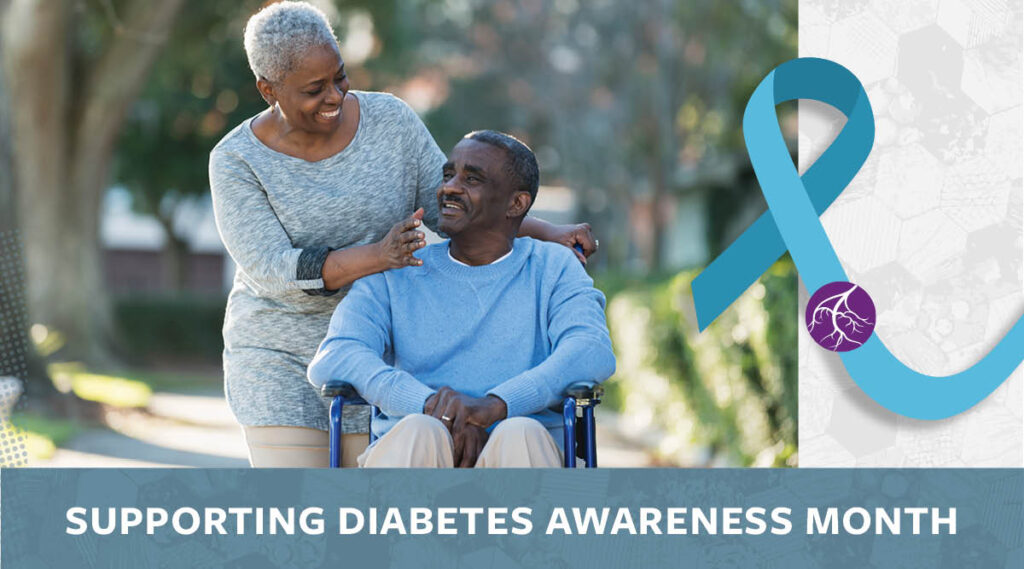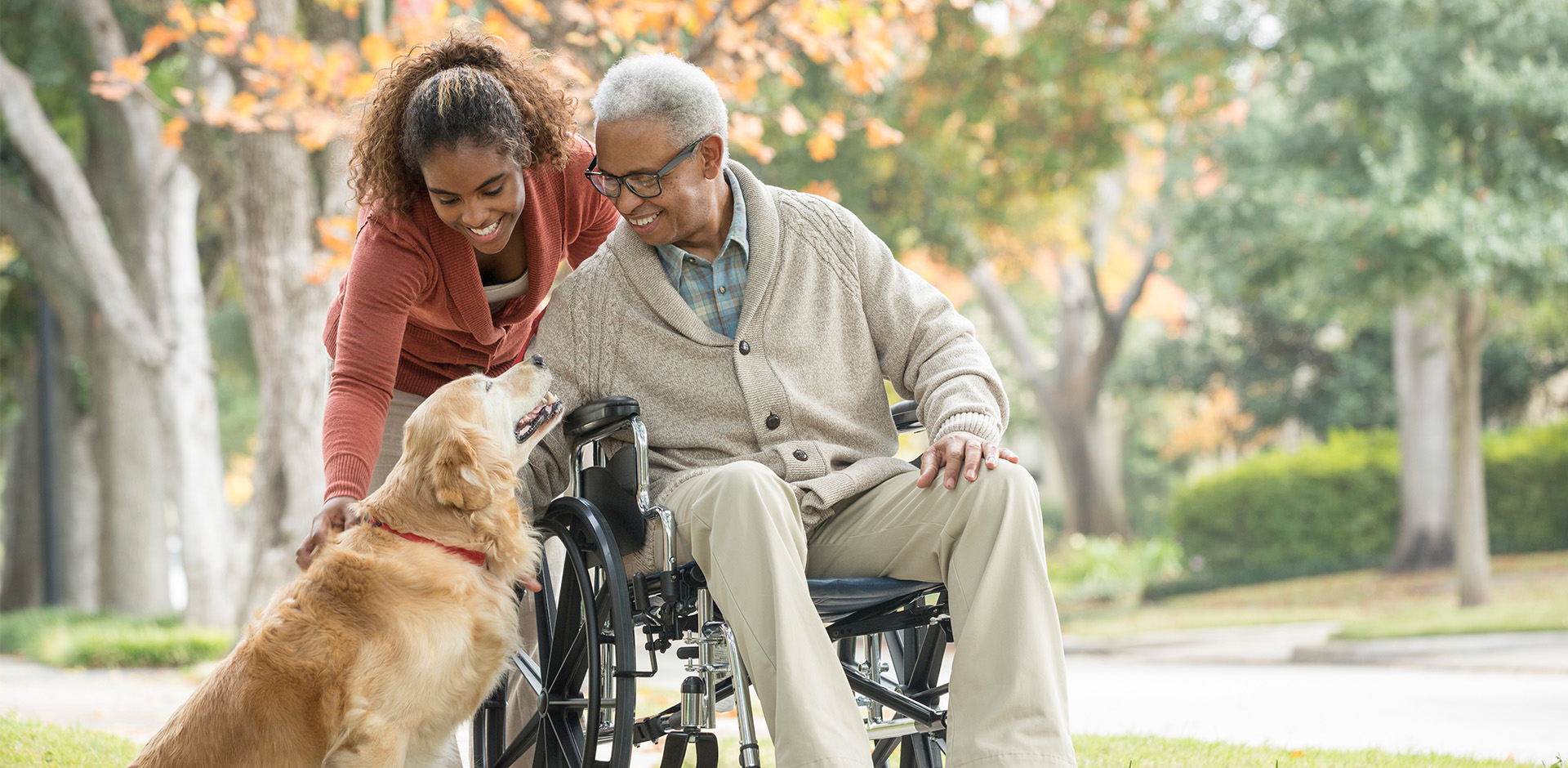Can Exercise Help Patients with Idiopathic Peripheral Neuropathy?
Exercise to Help Patients with Idiopathic Neuropathy
Research has consistently demonstrated that regular exercise reduces polyneuropathy (PN) symptoms in patients with type 2 diabetes. Patients with prediabetes or metabolic syndrome have also shown to benefit from regular exercise. Exercise has also shown to slow progression of peripheral neuropathy in these patient groups. However, little is known about the effects of exercise in patients with idiopathic polyneuropathy (IPN). Idiopathic neuropathy is diagnosed when no underlying etiology for the peripheral nerve damage has been identified. Idiopathic neuropathy is the second leading cause of peripheral neuropathy.
The Samples: The Peripheral Neuropathy Research Registry
The Peripheral Neuropathy Research Registry (PNRR), led and funded by the Foundation for Peripheral Neuropathy, collects samples and data from patients with different types of peripheral neuropathy. Johns Hopkins, one of the collaborating medical centers in the PNRR, started to collect information about the exercise habits of the enrolled patients. This data was recently analyzed to determine if exercise habits have any impact on the severity of peripheral neuropathy symptoms. The study looked at symptoms such as sensory loss, pain, muscular weakness, and balance problems.
The Study: Does Exercise Reduce Pain in Patients with Idiopathic Neuropathy?
In the study, researchers analyzed two points of data. The first point was exercise frequency (how many times the patients exercised per week). The second was a holistic variable referred to as METs (metabolic equivalents), that considers both frequency as well as work-out intensity. For example, strenuous exercises such as swimming or running received a higher score than lower intensity activities such as walking or biking.
Overall, the information from 324 patients were included in the data analysis. Of this total, 124 indicated that they are not exercising at all, 67 had low, 67 medium and 66 and high METs scores. There was no correlation between exercise and the PN-related loss of sensation, muscular weakness, or balance problems. But, in patients who exercised regularly – regardless of the overall combined intensity and duration of exercise – there was a decrease in reported neuropathic pain levels, even when the data was corrected for other factors known to increase the risk of having painful symptoms such as blood glucose levels, blood pressure, and dyslipidemia.
Exercise Can Help!
The prevalence of neuropathic pain in patients with idiopathic PN is high. Higher pain intensities are known to impact the quality of life significantly. The possibility of exercise as a remedy for neuropathic pain is promising, as long as pain levels remain tolerable during exercise. From this study, we cannot definitively conclude that exercise decreases neuropathic pain symptoms. However, there does appear to be a positive impact on the risk of having painful neuropathy. This means if you have painful idiopathic PN, regular exercise has a high probability to reduce perceived pain levels. While not a cure, exercise can make the pain more tolerable as well as improving both mental and physical health.
To learn more about exercise suggestions and lifestyle choices, visit our website.
To read the abstract and article from the Johns Hopkins study, click here.







